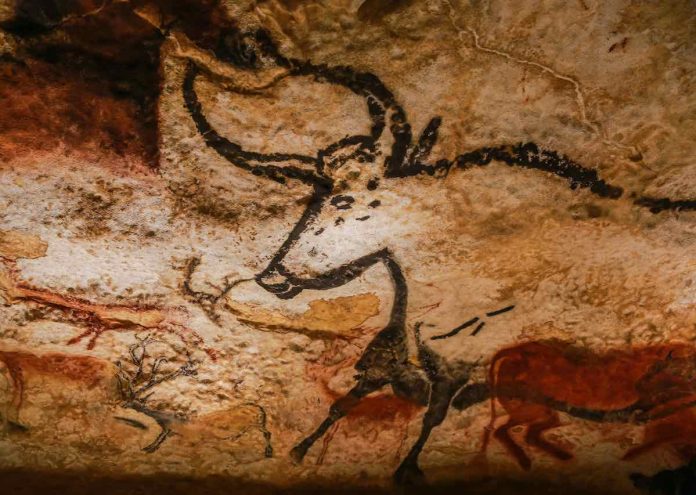The misinterpretation of natural events like thunder may have been the inspiration for the earliest art created by ancient men and the design of Stonehenge. The illusions that some natural and man-made sounds can create may have stirred the imaginations of man’s ancient ancestors to create supernatural explanations for natural phenomena. Steven J. Waller, of Rock Art Acoustics, presented his findings about ancient man, sound, art, and religion at the Oct. session of the annual meeting of the Acoustical Society of America.
Waller replicated the sound effects of living in a cave with modern acoustical equipment. He demonstrated that the frequencies and acoustical reflections from a stone cave face as the result of thunder are identical to those mechanically produced. Ancient peoples that lived in caves accounted for the reflected sound of thunder as an act of the gods and depicted those reflections in the art they left in the caves they inhabited. A more advanced civilization like the Vikings accounted for thunder as the sound of Thor’s hammer smiting the storm giants.
Waller used an ancient story of unknown origin to explain the design of Stonehenge based on acoustics. The story claims that two magic pipers enticed maidens to dance in a circle with their music and turned the women into stone pillars. Many of the megalithic stone circles in Britain and Europe are called “Pipers” today.
Waller set up an experiment in an open field that used two pipes playing the same tone. The inspiration came from the interference pattern that occurs when two instruments play the same tone at the right distance from each other. The pattern seen in the experiment gave blindfolded subjects the illusion of a giant ring of rocks as the source producing the pattern of sound.
The ancients were neither stupid nor naïve. They explained the world in terms they could understand. Modern man still depends on the illusions that sound can create for entertainment and dramatic effect.















